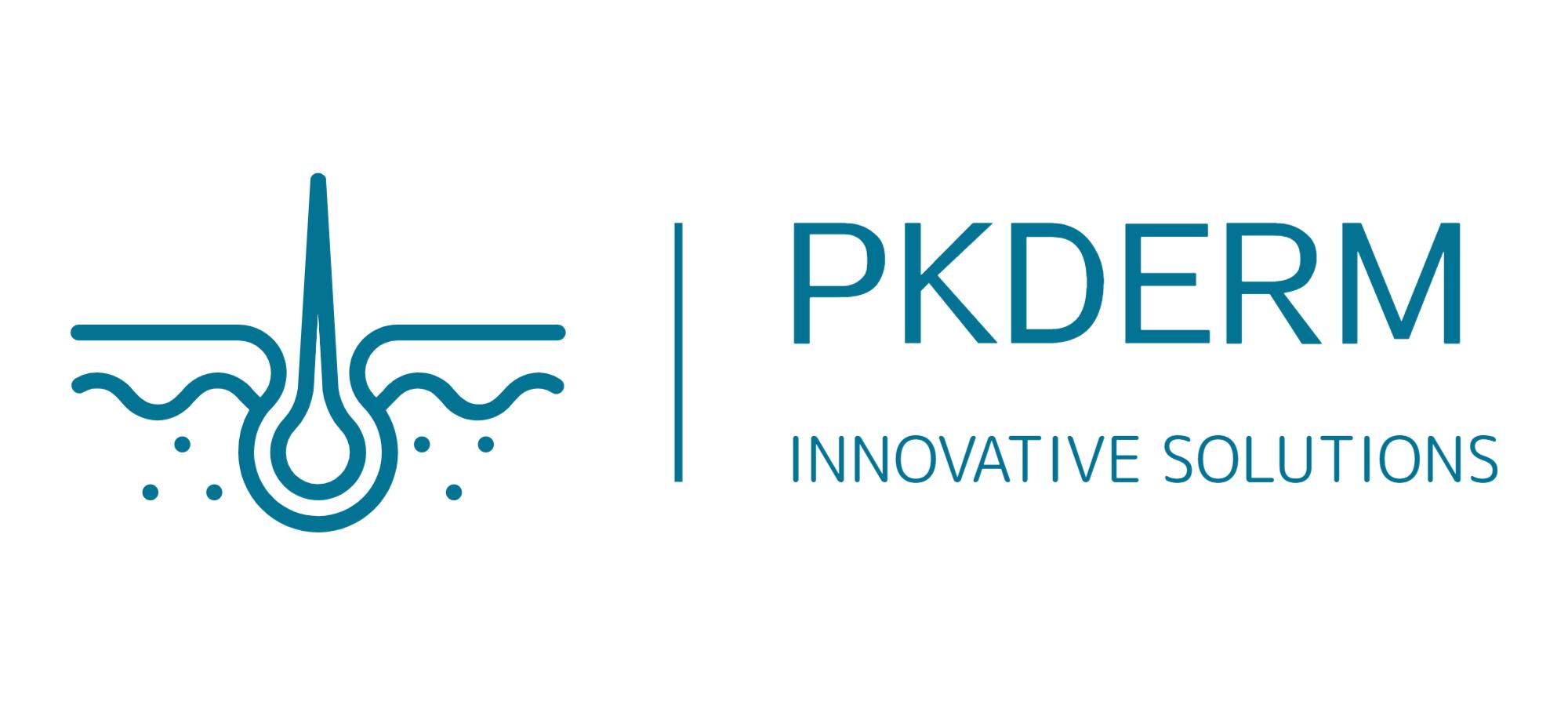Session 12 OpenTox Virtual Conference 2021
CV: Stefan Scholz is deputy head of the Department of Bioanalytical Ecotoxicology. He is interested in the mechanism of toxicity and how the understanding of these mechanisms can be used to develop test systems for chemicals, hazard screening, and environmental monitoring. Since 2002 his major model is the zebrafish embryo and he is internationally recognized for promoting and further developing this model. Recently, he has focussed on improving the assessment of malformations in the zebrafish, an important endpoint for the prediction of developmental toxicity. He is also active in the AOP community with a particular interest to develop endpoints linked to key events.
Talk Title: Grouping of chemicals and prediction of hazards using automated phenotype assessment in zebrafish embryos.
Abstract: Zebrafish embryos represent an attractive screening model for chemicals, given the small size and high throughput capacity, while representing an alternative animal test model. Malformations represent a common endpoint assessed in zebrafish embryos for hazard assessment. However, the assessment is typically based on the scoring by an (experienced) observer. This results in a bias in the analysis and makes it difficult to obtain reproducible patterns for e.g. grouping of chemicals based on similar effects. We have developed software (FishInspector) that allows the unbiased assessment based on image analysis. The approach enabled to derive concentration-response models for individual features and to derive patterns based on EC50s and sensitivity ratios. Furthermore, it can be used to assess the specificity of neurodevelopment effects. At present, as part of the EU project PrecisionTox, we analyze more than 200 compounds with further improved software that is based on machine learning-assisted feature recognition and with improved functionality. The approach and the results from recent chemical screenings will be presented.
Authors: Stefan Scholz, Elisabet Teixido, Tobias Kießling, Chih Lai


